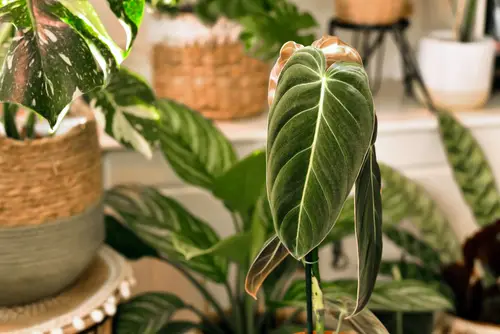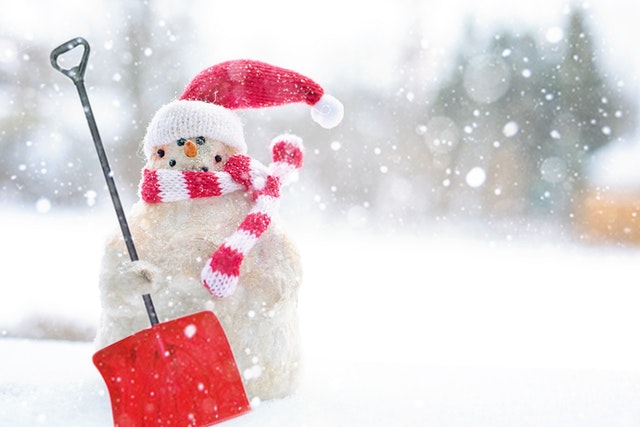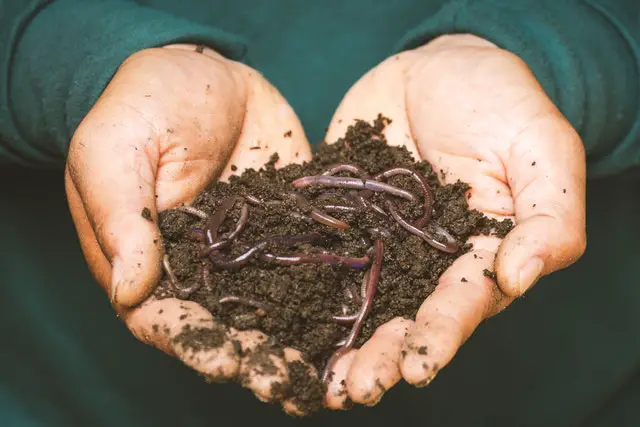Philodendrons are among the plants that are easy to maintain. Not only that, but these plants also look attractive, which is why many homeowners love them.
Despite their unique qualities, philodendrons also suffer from plant issues, such as drooping. Philodendrons can be affected by various issues, and drooping is one of the common problems that owners might face.
So if you notice these houseplants are beginning to wilt, you might be worried. Among the many questions that may be going through your mind is, Why is my philodendron drooping?
Several factors can cause drooping in philodendrons. But the most common causes are overwatering and overwatering the house plants.
Other factors include insufficient nutrients, low humidity, extreme temperatures, and too much exposure to sunlight.
For a start, water these house plants, especially when the soil surface is becoming dry.
Finding out the main cause of wilting in your philodendron can be difficult. Without knowing the reason these plants are drooping, it may not be easy to come up with effective solutions.
But don’t worry, you are in the right place. In this article, we’ll talk about why your philodendron might be wilting and how to fix it.
Now, let’s get started!
Why Is My Philodendron Drooping? Main Causes

Although many factors can cause philodendron to become flaccid, we will discuss 7 of them:
1. Too Much Exposure To Sunlight
Like most plants, philodendrons need light to survive. However, these plants may begin to droop if they are constantly exposed to sunlight. They may also begin to turn yellow or suffer sunburn from spending too much time in the sun.
In their habitat, philodendrons grow below large trees to prevent exposure to direct sunlight. These plants may also suffer from dehydration if you keep them in the sun for a long time.
Even if your philodendrons are indoors, make sure their leaves do not receive direct sunlight through the window. Consider using a curtain to shield the plants from receiving direct sunlight if sun rays enter your home.
Also, keep in mind that exposing the plants to artificial light at high intensity can damage them. Expose your philodendrons to bright, indirect sunlight to prevent them from wilting.
2. Overwatering

While philodendrons need water to thrive, they don’t need too much of it. When there is excess water in the plants, their roots will not absorb oxygen and nutrients from the soil. As a result, the plants will gradually lose their strength and begin to droop.
Ideally, you should not water the plant all the time except when the soil surface is dry. Perhaps there is excess water in your philodendron, you can make a few changes to it.
Place the plant in a place with bright, indirect sunlight so that the water can dry up fast. Also, consider transplanting the philodendron into dry soil if it is still wet after some days.
3. Under-watering
Just as overwatering is harmful to your philodendrons, so is under-watering them. Not supplying the plants with enough water can cause them to droop.
Plants need water to transport nutrients and for photosynthesis. As your philodendrons lose water, they need to gain more to maintain their shape.
But if you don’t provide the plants with enough water, their roots will become affected. This will then cause your philodendron to lose its firmness, resulting in wilting.
Once you notice the plant’s top layers are becoming dry, water the soil. Make sure the water reaches the part of the philodendron’s roots and passes out of the drainage holes.
4. Low Humidity
Being tropical plants, philodendrons thrive in environments with high humidity. So if the level of humidity in your home is low, the plants will suffer.
Fluctuations in humidity levels can also put your philodendrons at the risk of losing their rigidity.
Ensure your philodendron plants are not close to places where the temperature changes, such as a vent or window. Consider using a humidifier to maintain the plants’ humidity level.
5. Temperature Fluctuations

Another factor that may cause your philodendrons to droop is fluctuations in temperature. Ideally, these tropical plants do well in temperatures ranging from 65° to 80° Fahrenheit during the day. And at night, they’ll do well in temperatures around 60°Fahrenheit.
Keeping your philodendrons in an environment with temperatures below 50° Fahrenheit can harm them.
To protect these house plants, keep them in a warm environment, especially during winter. Once the temperature drops below 50° Fahrenheit, place the plants near a furnace to keep them warm.
6. Infestation Of Pests
In some cases, pests such as mealy bugs, aphids, scale insects, and mites can attack your philodendrons. When these pests take over your plants, they will begin to absorb nutrients through the sap.
Apart from causing your philodendrons to grow weak, pests leave brown spots on the plants’ leaves. Always check for signs of pest infestation on your philodendron plants. And if you notice any, get rid of them fast before they multiply.
First, remove all the infected leaves from the plant to prevent the healthy parts from being affected. Spray the philodendron with water to get rid of small pests. Neem oil, hydrogen peroxide, and other insecticides are effective in treating pest infestations.
7. Lack Of Nutrients

Little or no nutrients in philodendrons can make them flexible. There’s a chance your plant lacks magnesium if it begins to droop and its leaves turn yellow. Your philodendrons may also be lacking in iron and manganese if they show these signs.
Apply magnesium sulfate to the plants to help them absorb magnesium. Liquid fertilizers can also provide your philodendrons with the necessary nutrients.
More on philodendrons: Tree Philodendron Propagation
Final Thoughts
We believe you now understand why your philodendron is drooping and how to correct it. With a little care and attention, your philodendrons will continue to appear beautiful.
However, you should not neglect these house plants because they are easy to care for. Philodendrons always remain healthy if you monitor the water, light, temperature, and nutrients they receive each day.
Frequently Asked Questions
How Do You Keep A Philodendron Healthy?
Keeping a philodendron healthy requires little time and effort. Prune them regularly, water them every one or two weeks, and get rid of pests once you notice them.
Further, add fertilizers to the philodendrons, keep them away from direct sunlight, and don’t expose them to extreme temperatures.
Following the simple tips above will help to keep your philodendrons healthy and beautiful.
How Do You Revive A Philodendron?
Finding out the main cause of your philodendron’s problem is the first step to reviving it. Some factors you need to look out for include temperature, sunlight, soil, and watering.
But if you can’t get to the root cause of your philodendron’s problem, try different methods to revive it.
Keep the plant out of direct sunlight, use well-drained soil, and place it in an environment with warm temperatures. In addition, make sure you are not overwatering or underwatering the plants.
Within a short time, your philodendron should improve and get back to its normal state.
How Do I Know If My Philodendron Needs Water?
If you notice that your philodendron’s leaves are wilting, it means the plant needs water. When you water the plant moderately, the leaves will come back to life by appearing bright.
While the plants need water to flourish, make sure you don’t overwater them.

Hey, I’m Lisa and I’ve been an avid gardener for over 30 years. I love writing, talking and living in the garden! Feel free to connect with me on my socials below

